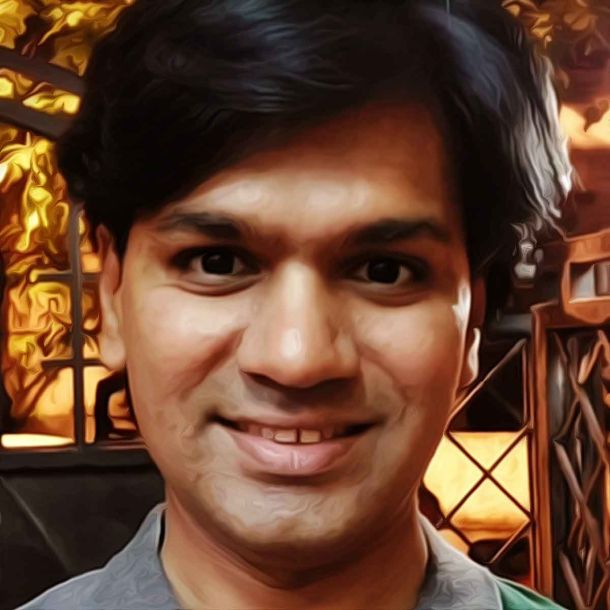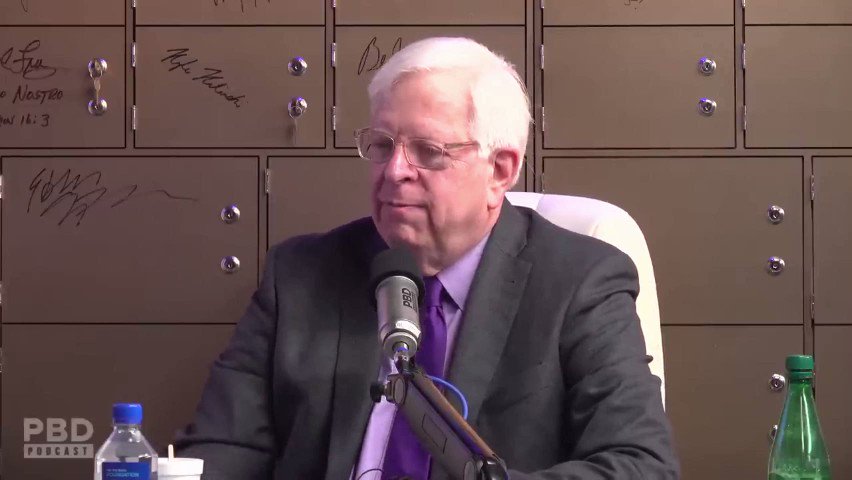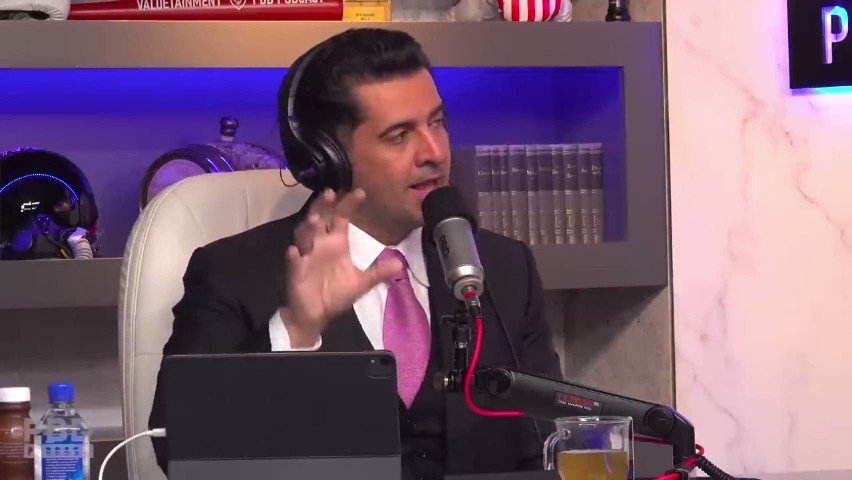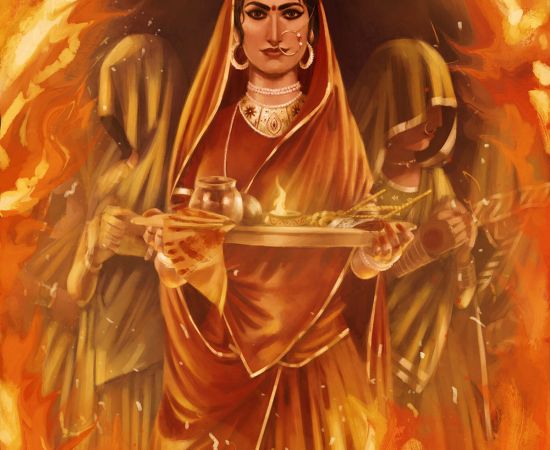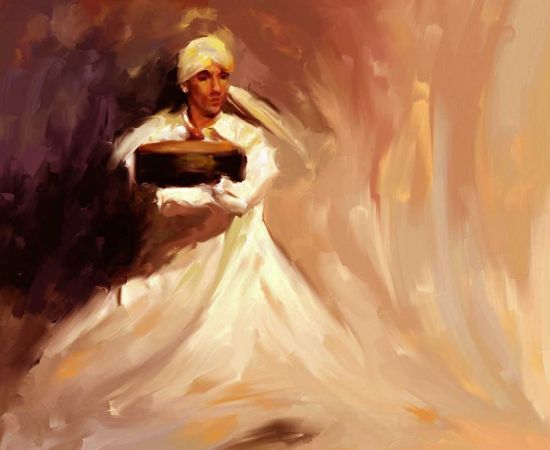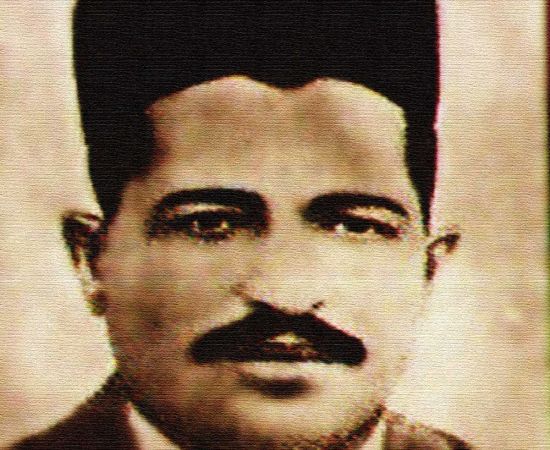More Coverage
Twitter Coverage
Satyaagrah
Written on
Satyaagrah
Written on
Satyaagrah
Written on
Satyaagrah
Written on
Satyaagrah
Written on
JOIN SATYAAGRAH SOCIAL MEDIA
"हम साथ साथ हैं": A mountain of cash found in Justice Yashwant Varma’s home led to the Supreme Court’s bold punishment—a transfer—because in India’s judiciary, crime sometimes just means changing the nameplate, not facing the law

Justice Yashwant Varma of the Delhi High Court has found himself under a glaring spotlight after a startling discovery sent ripples across the judiciary. During the Holi break last week, a large pile of unaccounted cash was reportedly found tucked inside his official bungalow in the capital city. What should have been a quiet festive recess for the judiciary has instead turned into a loud reminder of how conveniently justice can be stuffed under carpets—along with piles of unexplained currency.
|
In response to the cash recovery, the Supreme Court on Friday initiated an in-house inquiry into Delhi High Court Justice Yashwant Varma after a huge pile of unaccounted cash was recovered from his residence. Sources from the legal portal Bar & Bench further revealed that the Supreme Court has demanded a detailed report from Delhi High Court Chief Justice Devendra Kumar Upadhyaya.
But in a move that can only be described as the legal equivalent of sweeping dust under the rug, “The Supreme Court Collegium had then decided to repatriate Justice Varma back to the Allahabad High Court, his parent High Court.” That’s right—not a suspension, not even a demotion—just a change of address. Because apparently, when judges are caught with suspicious cash stashes, the go-to solution is a warm welcome back to their old workplace.
Justice Varma was summoned by Chief Justice Sanjiv Khanna himself. The result? The Collegium gracefully decided to send him packing back to Allahabad High Court. The reason for this noble gesture? The discovery of the cash could impact the standing of the judiciary in the eyes of the people. Yes, because it’s not the cash hoarding that damages the judiciary’s image—it’s people finding out about it that really hurts.
Still, some glimmers of common sense seemed to survive within the walls of India’s highest court. During a full court meeting on Friday morning, attended by all Supreme Court judges, concerns were raised that a mere transfer might not be enough. Apparently, some among the judiciary are aware that public trust isn’t a bottomless well. In a rare moment of unanimous agreement, the full court endorsed an in-house investigation, with the transfer being considered just the first step.
And let’s be honest, calling this transfer a “punishment” is like saying you punished a bank robber by changing his bank branch.
The file for the transfer is now with the Central government, awaiting approval. As reported, the Supreme Court collegium led by Chief Justice of India Sanjiv Khanna made the recommendations for Justice Yashwant Varma's transfer to the Central government. Meanwhile, Justice Varma has taken what many might call a conveniently timed break from his duties. Justice Varma did not hold court today and his court staff revealed in open court that he was on leave. Because nothing says “I’m innocent” like ghosting your courtroom the day after your house becomes a cash vault.
The sequence of events that led to this mess is equally telling. The money wasn’t even discovered during a sting operation or a corruption probe. It came to light after a fire broke out in the judge’s residence. Justice Varma, reportedly out of town, had family members who alerted emergency services. When firefighters arrived, they noticed something that didn’t quite look like burnt furniture. The police were called, and the trail of unaccounted cash was revealed.
Upon hearing of the discovery through official channels, the Collegium, led by Chief Justice Khanna, decided to move ahead with the transfer. Justice Varma has not yet offered any explanation about the recovered money. According to news agency PTI, he did not hold court today. Sources told PTI he had gone "on leave". Once again, the most dramatic way the judiciary holds its own accountable: an unexplained leave.
Chief Justice Sanjiv Khanna, reportedly shocked by the recovery, took the matter with utmost seriousness. Sources say the Chief Justice took a very serious view of the discovery of the cash and the five-member Collegium concurred, agreeing unanimously on Justice Varma's transfer. However, even within this sacred circle, not everyone seemed satisfied with the slap-on-the-wrist approach. Some members of the Collegium felt that stricter action was essential to maintain public trust. After all, when those meant to uphold the law stash cash like they’re prepping for demonetisation 2.0, how exactly does the judiciary expect people to believe in fair justice?
There was even discussion, reportedly, about requesting Justice Varma to resign. But in case he decides to dig his heels in, the Collegium seems ready to launch an in-house probe—a step that could lead to a formal removal motion in Parliament.
Because nothing shows the seriousness of fighting judicial corruption like—wait for it—transferring the accused back to their hometown.
|
‘Everyone Demoralised’: Delhi Chief Justice
The fallout from the mountain of unaccounted cash discovered at Delhi High Court Judge Yashwant Varma’s bungalow is beginning to settle in—not as a matter of accountability, but as a matter of morale. On Friday, as the judiciary went through a whirlwind of transfer letters and investigative formalities, Delhi High Court Chief Justice DK Upadhyaya spoke candidly about the emotional toll this has taken on the court’s ecosystem.
During a court proceeding, senior advocate Arun Bhardwaj brought up the subject openly. He made a heartfelt plea: "Today's incident has pained many of us. Please take some steps on the administrative side so these incidents do not happen in future and the judicial system is maintained..." These weren’t just empty words spoken to fill court records—they reflected the growing concern that the judiciary, often hailed as the last hope for justice, is now at the edge of collapsing into its own shadows.
To this, Chief Justice DK Upadhyaya admitted that the incident had left everyone “shaken.” A rare moment of public vulnerability from the judiciary's upper ranks, his words gave weight to what many within and outside the system are already feeling—that trust has taken a serious hit.
How Can High Court Judges Be Removed?
As the public watches with bated breath—and some with clenched jaws—many are now asking: What happens next? Can a High Court judge actually be removed from office for something like this?
To answer that, we need to go back to 1999, when the Supreme Court framed specific guidelines to handle complaints of corruption, misconduct, and other forms of judicial wrongdoing at the Constitutional Court level. The process isn’t swift—and certainly not built for spectacle—but it does exist.
According to these guidelines, on receiving a complaint the Chief Justice will first seek a reply from the judge concerned. If he is dissatisfied with the answer, or believes the matter requires further investigation, he will form an internal committee.
This committee isn’t just a formality. It consists of one Supreme Court judge and two High Court Chief Justices. The committee’s role is to thoroughly investigate the matter and provide a report. However, what happens next hinges on the Chief Justice’s judgment.
After the committee submits a report and if the Chief Justice is then of the opinion that the alleged misconduct is of a grave nature requiring removal, he will ask the judge to resign. This resignation isn't just politely requested—it’s considered an honourable escape route before Parliament gets involved.
If, however, the judge decides not to resign, the matter becomes more serious. If the judge were to refuse, the Chief Justice will then write to the government to initiate proceedings for his/her removal by Parliament, under Article 124(4) of the Constitution.
Yes, the ultimate authority lies with Parliament. But reaching that point requires climbing a bureaucratic Everest—one that few ever reach, and even fewer are willing to trek.
|
‘Action Needed’: Kapil Sibal
As the judiciary carefully tiptoes around a volcano of public outrage, voices outside the bench are becoming louder. Senior advocate and Rajya Sabha MP Kapil Sibal didn’t mince words. Speaking in a video statement that quickly began circulating across legal circles and social media alike, Sibal pushed the conversation toward a deeper issue—the very process through which judges are appointed.
"The issue of corruption within the judiciary is very serious... this is not something articulated by senior councils and lawyers for the first time. It has been going on for years," Sibal said, echoing sentiments that have long been whispered but rarely said out loud on record.
His demand was straightforward but piercing: "The appointment process should be more transparent and carefully done...Corruption is a very serious issue and, despite what Prime Minister Narendra Modi has said, corruption has increased..."
With this, Sibal laid bare a bitter truth: the rot isn’t new, and it’s certainly not rare. What’s new is the public visibility—and the judicial discomfort it’s now dragging into daylight.
For an institution that demands the highest moral ground, the judiciary finds itself on uncertain terrain. If appointments are opaque and accountability is transferable, the question that remains is not just who will judge the judges, but who will protect the people from the judges gone rogue?
Parliament Erupts Over Cash Scandal: Calls Grow for Judicial Transparency
As the walls of India’s judiciary quietly try to contain the fallout from the cash-recovery scandal involving Delhi High Court’s Justice Yashwant Varma, the thunder has now reached Parliament. The Rajya Sabha was anything but calm as lawmakers clashed over what many now see as one of the most serious institutional embarrassments in recent times. Heated exchanges, strong words, and a clear undercurrent of public distrust dominated the upper house.
The spark came when Congress MP Jairam Ramesh stood up and did what few dare to do—raise a red flag over the opaque workings of the judiciary. Referring to the alleged recovery of unaccounted cash from the residence of Justice Yashwant Varma, Ramesh demanded that the matter be taken seriously, and more importantly, that the judiciary not be shielded from scrutiny under the convenient excuse of independence.
In response, Rajya Sabha Chairman Jagdeep Dhankhar tried to manage the growing storm. With a tone of careful diplomacy, he offered a path forward. Chairman Jagdeep Dhankhar assured a structured debate on judicial accountability—a commitment that some welcomed and others viewed as yet another stalling tactic to deflect real action.
The buzz in the Rajya Sabha wasn’t just about the money found, but about what it represented: a system that claims to dispense justice while refusing to look inward. The controversy has reignited the call for greater transparency in the judiciary, something activists, legal experts, and now lawmakers are increasingly demanding.
This isn’t the first time Parliament has raised concerns over judicial conduct, but rarely has the momentum felt so urgent. The incident has exposed the fragile line between judicial independence and unchecked power. When courts are immune to criticism and judges answer only to internal committees made up of their peers, accountability becomes a game of musical chairs. And in this case, the chair was simply relocated from Delhi to Allahabad.
In a country where people still fold their hands before judges, trusting them as the final word in justice, the image of wads of cash in a judge’s house is more than a scandal—it’s a betrayal.
As debates continue, and as Parliament prepares for a structured discussion on judicial accountability, one can only hope it leads to real reforms and not just more “in-house” band-aids. Because when judges are beyond questioning, democracy begins to look a lot like a well-scripted drama—with the public always left out of the final act.
|
Who is Justice Yashwant Varma?
As the storm around the cash haul continues to raise eyebrows and questions across the country, many are now wondering—who exactly is Justice Yashwant Varma, the man at the centre of this major controversy?
Justice Yashwant Varma was not just another name on the judicial roster. • Justice Yashwant Varma was born on January 6, 1969, in Allahabad. His roots trace back to one of India's oldest cities, and his career in law has spanned decades, carrying him through some of the most significant legal institutions in the country.
• He completed his BCom (Hons) from Hansraj College, Delhi University, and later earned his LLB from Rewa University, Madhya Pradesh. He enrolled as an advocate on August 8, 1992.
His academic credentials reflect a classic legal pathway. From one of Delhi University’s most respected colleges to Rewa University in Madhya Pradesh, Varma took a route many aspiring legal minds tread, building a career from the grassroots up. With his enrollment as an advocate in 1992, he began a journey that, at least on paper, appeared commendable and full of promise.
His early career in law saw him serving important roles. • As a lawyer, he served as special counsel for the Allahabad High Court and as chief standing counsel for the State of Uttar Pradesh. These aren’t symbolic posts—they are positions of significant trust, often given to those who are seen as both legally sharp and ethically grounded. For years, Varma carried the state’s brief and represented some of the most critical matters in court.
His ascent to the judiciary began a decade ago. • On October 13, 2014, he was appointed as an additional judge at the Allahabad High Court and was elevated to a permanent judge on February 1, 2016. Moving from lawyer to judge is no small leap—it demands not just legal acumen but the backing of the Collegium, and ideally, a clean track record.
• He was subsequently transferred to the Delhi High Court on October 11, 2021. It was here, in the national capital, that Justice Varma came into the spotlight, handling important cases that often made headlines. And it is here, ironically, where his residence turned into a crime scene of sorts, filled with unaccounted cash and unanswered questions.
Before that, however, Varma’s courtroom experience was extensive and specialised. • During his legal career at the Allahabad High Court, Justice Yashwant Varma specialised in constitutional law, labour and industrial legislations, corporate laws, taxation, and related areas. These areas are not light reading—they involve complex cases, often touching the core of governance and public interest.
His reputation, at least until now, was one of a dependable legal mind. • He also served as the special counsel for the Allahabad High Court from 2006 until his elevation.
A special counsel acts as a trusted voice of the court in difficult legal matters. Varma wore that badge for years, showing just how embedded he was in the system.
• Additionally, Justice Varma held the position of chief standing counsel for Uttar Pradesh from 2012 to August 2013, before being designated as a senior advocate by the court.
The post of chief standing counsel is no ordinary responsibility—it involves representing the government’s legal stand in court. That, combined with being designated a senior advocate, reflected how deeply respected and influential Varma had become within judicial circles.
Now, all of this is overshadowed by one incident—an incident so explosive that it has rattled every corridor of judicial power. In a matter of days, Justice Varma has gone from an esteemed member of the bench to the centre of a scandal that threatens to put a massive crack in the public’s fragile trust in the Indian judiciary.
As the in-house inquiry begins, and the transfer to Allahabad High Court moves forward like a quietly filed order, people across India are left with a bitter question: If this is the fate of a judge with such a celebrated past, what else has been hiding behind the sanctified curtains of our courts?
 Support Us
Support Us
Satyagraha was born from the heart of our land, with an undying aim to unveil the true essence of Bharat. It seeks to illuminate the hidden tales of our valiant freedom fighters and the rich chronicles that haven't yet sung their complete melody in the mainstream.
While platforms like NDTV and 'The Wire' effortlessly garner funds under the banner of safeguarding democracy, we at Satyagraha walk a different path. Our strength and resonance come from you. In this journey to weave a stronger Bharat, every little contribution amplifies our voice. Let's come together, contribute as you can, and champion the true spirit of our nation.
 |  |  |
| ICICI Bank of Satyaagrah | Razorpay Bank of Satyaagrah | PayPal Bank of Satyaagrah - For International Payments |
If all above doesn't work, then try the LINK below:
Please share the article on other platforms
DISCLAIMER: The author is solely responsible for the views expressed in this article. The author carries the responsibility for citing and/or licensing of images utilized within the text. The website also frequently uses non-commercial images for representational purposes only in line with the article. We are not responsible for the authenticity of such images. If some images have a copyright issue, we request the person/entity to contact us at satyaagrahindia@gmail.com and we will take the necessary actions to resolve the issue.
Related Articles
- Height of Hypocrisy in the land of Law where accused is hailed and acquitted, but victim is shamed by Court and Church: A timeline of the Bishop Franco Mulakkal case
- Deputy CM Manish Sisodia’s close aid Nisha Singh held guilty and sentenced to 7 years in prison for inciting violence: A bevy of eminent intellectuals called it a political vendetta to whitewash her criminal behaviour
- "Permission marketing is marketing without interruptions": Supreme Court responds to Vice-President; says as per Constitution, Parliament has right to enact law but Court has power to scrutinize it, Govt functionaries comments on collegium not well taken
- "लताड़": Madras HC slams Tamil Nadu police for FIR errors in Anna University assault case, orders ₹25 lakh compensation, women-led SIT probe, victim’s fee waiver, action on FIR leak, and police lapses, ensuring privacy, dignity, and justice for the victim
- "You cannot deny guilt, and thereby you allow the Curse to be your due": Lower court grants Divorce to husband after 19-years for 20-day marriage, Wife challenges order in High Court, not exceptional case as our courts are flooded with endless litigations
- "Success & all good things in life, start with a genuine concern for others": Supreme Court collegium publishing RAW, IB opinions on candidates for judgeship a matter of concern, crores of pending cases, delay of justice is denial of justice: Kiren Rijiju
- "Order Order बाद में, पहले exam की तैयारी करो": President Murmu champions the All India Judicial Service, aiming to revolutionize judicial recruitment across states, akin to UPSC's nationwide approach – a transformative stride in India's legal landscape
- Bombay HC grants bail to a 24-year-old rape accused, citing 14-year-old girl's sufficient knowledge of her actions, despite her father filing an FIR after finding her missing for 4 days in Juhu Chowpatti; apparently, minors now sign invisible consent form
- "A people that values its privileges above its principles soon loses both": Delhi High Court upheld the freedom of speech privilege of the advocacy profession, Justice Mini Pushkarna even refused to look into irrelevance or maliciousness of the statement
- "Faith in judiciary has eroded considerably, need to find out what went wrong": Justice Oka reveals a stark truth that faith in judiciary wrecked, highlighting lower courts' struggles & the CJI's recent admission of mediocrity, calling for urgent reforms
- "Action speaks louder than words": Amidst rising tension in Manipur, the Supreme Court steps in, forming an all-women judicial committee to ensure justice. While incidents in other states might be overlooked, Manipur won't be left in the shadows
- “Talking about justice, doing injustice is indeed unfair conduct and hypocrisy”: HC grants divorce citing cruelty by wife who taunted polio-stricken husband's disability, snatched his crutches, manhandled & threw him around, orders man to pay 25L alimony
- "Traitors are hated even by those whom they prefer": Bengaluru Eng student Faiz Rasheed sentenced to a 5 year jail term for celebrating Pulwama terrorist attack on Facebook, said more such attacks needed to free Kashmir and asked "how is the khauf"
- "और कितना ही खुले कर बोले कोई": Justice Kaul, 'Weak opposition is a problem; court cannot handle the govt or act as opposition,' urges legal impact studies, acknowledging, 'We are a very divided society...traversing that middle path has become difficult'
- “Chaos is merely order waiting to be deciphered”: MoP issue settled; government cannot conveniently cite views of few judges on MoP to oppose Collegium recommendations, scheme of our constitution requires court to be final arbiter of law ~ Supreme Court





